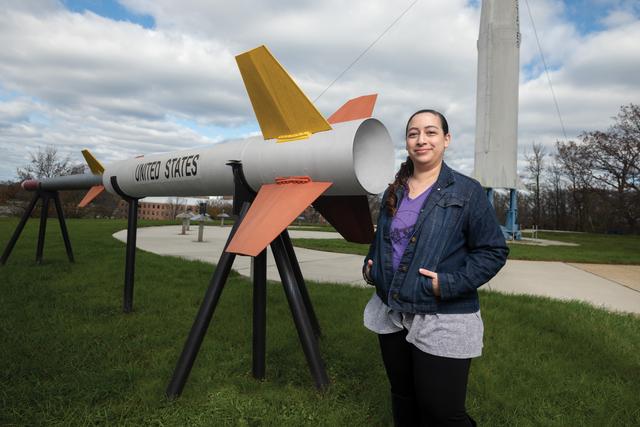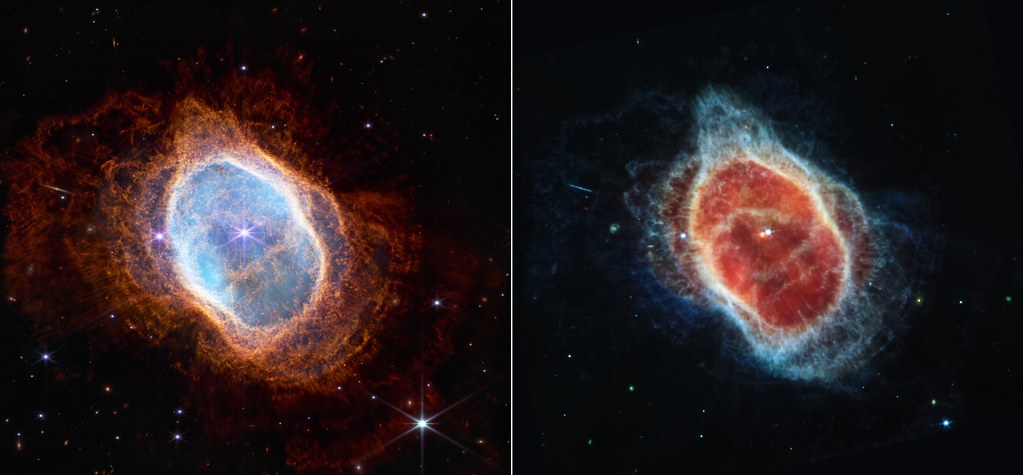
Physics alumna Knicole Colón ’07 was among NASA’s go-to experts to explain the significance of the first images taken by the James Webb Space Telescope earlier this month. Specifically, the images showed the travel patterns of an exoplanet 1,000 light years away.
“There are billions of stars, that means there are billions of planets,” said Colón in the NOVA special “Ultimate Space Telescope” that premiered on PBS on July 13. “There’s gotta be something besides Earth that has life on it.”
As an astrophysicist at NASA’s Goddard Space Flight Center in Greenbelt, Maryland, Colón is the James Webb Space Telescope deputy project scientist for exoplanet science. Her research involves the discovery and characterization of extrasolar planets (exoplanets) — planets that orbit distant stars. Using optical and infrared telescopes like the Hubble Space Telescope and now the JWST, she focuses on studying exoplanets that are unlike any in our own solar system.
In the NOVA special, she demonstrates how it all works using an infrared camera, a black garbage bag, and her hand. To the naked eye, all you can see is the black garbage bag covering her arm. But through the images captured by the infrared camera:
“You can actually see my hand with the infrared light, because you’re seeing through the dark trash bag to see my glow,” she explains. “You’re seeing my emitted radiation, my emitted heat.”
This simple concept demonstrates how the JWST can “see” deep into the universe.

Among her favorite images from the JWST is one of the Southern Ring nebula, which shows a pair of stars orbiting each other within a foggy cloud of gas and dust being thrown off by one of the stars as it slowly dies.
“I almost have no words, you know?” she said. “It’s a feat of engineering, right? But it’s also, ‘Wow, our universe is beautiful.’”
Read more about Knicole Colón and her research in the winter 2021 issue of TCNJ Magazine.
— Emily W. Dodd ’03

